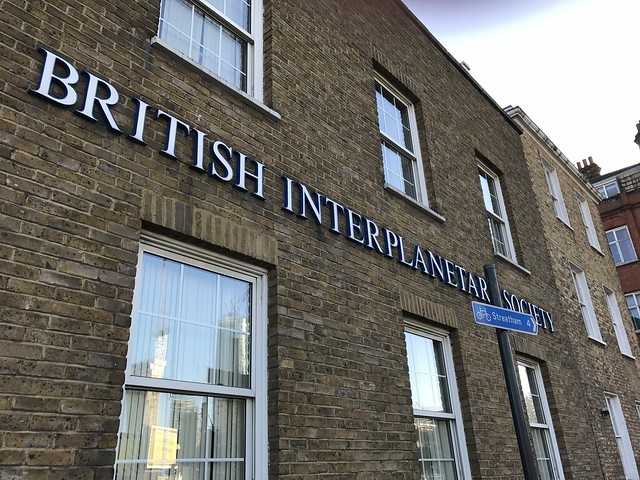What websites do we collect during UK General Elections?
The UK Web Archive has been archiving websites connected to General elections since 2005.
During the 2005 and 2010 elections, collecting was done on a permissions-cleared basis requiring curators to make contact with individual website owners requesting permission to archive the website before it was captured and stored. Any site belonging to website publishers who refused permission, did not respond or were not contactable were not archived. The 2015 election was collected following the introduction of new Legal Deposit regulations in 2013 that allow any UK website to be collected without permission.
Although the collections are not comprehensive, due to various factors such as the time consuming permissions process and the ephemeral nature of websites (which often do not include contact details), there are large sections of content relating to the General Elections that could not be covered.
Collection Summary:
2005
The UK General Election 2005 was the first of our Election collections. It includes 139 different items, or ‘Targets’ which cover a wide variety of websites such as those of individual candidates, major political parties, interest groups and a selection of election manifestos. Even though this collection is fairly small it is worth highlighting that until relatively recently election campaigning was predominantly carried out through print media; in 2005 it was by no means the case that all political candidates had a website.
2010
The UK General Election 2010 collection is much bigger totalling 770 items. This collection has eleven sub categories that cover:
Candidates (15 items)
Election Blogs (27 items)
Interest Groups (113 items)
News and Commentary (30 items)
Opinion Polls (7 items)
Other (8 items)
Political Parties - Local (191 items)
Political Parties - National (54 items)
Public and Community Engagement (13 items)
Regulation and Guidance (15 items)
Research Centres and Think Tanks (14 items)
2015
The UK General Election 2015 collection is the biggest collection of its type with 7,861 items. By 2015 we observed that much more, traditionally paper-based content had moved onto the web. This shift in publishing along with the introduction of the Non-Print Legal Deposit Regulations (NPLD) in 2013, which enabled the Legal Deposit Libraries to collect online UK content at scale without seeking explicit permissions, meant that this collection was bigger than those of previous years. This collection has eleven sub categories that cover:
Candidates (1,957 items)
Election Blogs (100 items)
Interest Groups (416 items)
News and Commentary (4,582 items)
Opinion Polls (32 items)
Other (75 items)
Political Parties - Local (442 items)
Political Parties - National (142 items)
Public & Community Engagement (45 items)
Regulation & Guidance (7 items)
Research Centres & Think Tanks (62 items)
All content archived in 2015 will be available to users later this year either via the UK Web Archive website or through a UK Legal Deposit Library Reading Rooms depending on the permission status of the individual websites.
2017
As the June 2017 general election was called at short notice, the collection will likely be much smaller in size compared to the 2015 collection. However, as a number of the websites in the 2015 collection are still live they will be re-tagged for the 2017 collection which will give the curators more time to focus on selecting the more ephemeral websites and social media content.
By Helena Byrne, Assistant Web Archivist, The British Library

